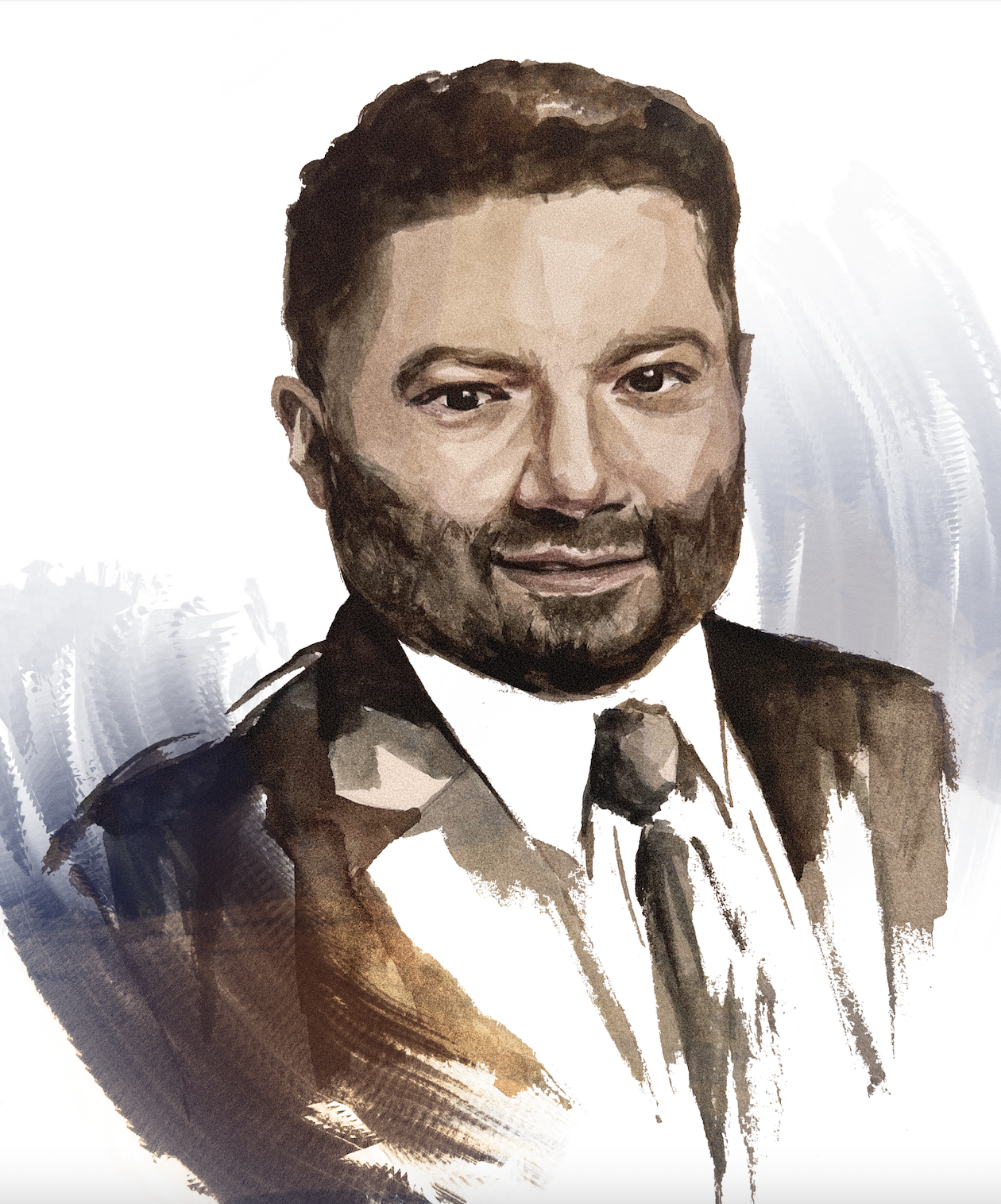Yale researcher awarded grant for 3D hip replacement model
In December 2021, Yale orthopaedic researcher Aidin Eslam Pour was awarded a grant for personalized hip replacements that use 3D simulation models to prevent postoperative dislocation.

Catherine Kwon
Yale associate professor Aidin Eslam Pour employs novel 3D simulation technology for personalized hip replacements, reducing postoperative dislocation in patients and promoting a faster recovery time.
Over 450,000 total hip replacements are completed in the U.S. per year, returning patients from a debilitating level of pain to a high quality of life, according to the Agency for Healthcare Research and Quality. Out of this total, 2 percent of patients have a postoperative hip dislocation each year, with each resulting in a dire emergency room procedure. Hips are an intricate ball and socket structure and are unique to each individual, making completely accurate replacements nearly impossible without custom implants. To reduce the possibility of future hip dislocation post-replacement, Eslam Pour uses 3D computer algorithms to optimize the best implant for his patients before surgery. His groundbreaking research was recently awarded a grant of $20,000 from the Orthopaedic Research and Education Foundation.
“3D models can be used for any joint, any motion, and we can look at each person individually,” Eslam Pour said, reflecting on the importance of patient-specific hip replacements. “Personalized medicine is the future. There is no one size fits all.”
If a hip replacement is done at the incorrect angle, the implant can become worn down over time. Daniel Wiznia, assistant professor of orthopaedics and rehabilitation, compared this to driving a car with uneven tires, which would eventually lead to unequal deterioration across different sides of the vehicle. The tires would need to be replaced much sooner than if they were properly aligned. This analogy applies to the interaction between the femur and socket, which could lead to the deterioration of an uneven hip replacement.
In most hospitals, implants only come in 20 varieties, according to Steven Tommasini, a Yale research scientist who studies bone structural behavior. This lack of variety impedes patient care, recovery and resulting quality of life.
“The only way to really understand how these bones articulate is to visualize them in 3D,” said Wiznia. “I can create these mathematical models in 3D and once I get it perfect, the robot can help me replicate the virtual model and make it happen within a millimeter of accuracy.”
Before doing a hip replacement, Wiznia uses a CAT scan to develop a high-resolution 3D model of the patient’s anatomy. Then, he can virtually implant the components to make sure the joint is identical to their native biomechanics. This planning process promotes success during the surgery through surgeon machine collaboration, where the robot informs the doctor when they have found the proper hip alignment for their patient.
This technique is successful both in the operating room and during recovery. According to Wiznia, patients’ joints feel more natural, have less pain and allow them to return to their daily life without complications. Since the custom hip replacements are in proper alignment, the body does not need to develop new muscles in order to use the leg, and patients need less physical therapy.
“Bone is responsive to the loading it experiences,” Tommasini wrote in an email. “Too high stresses can lead to cracks and fracture, but too low stresses can lead to bone loss which in turn leads to implant loosening. Placement not only has to result in optimal range of motion for the patient, but needs to transmit forces efficiently.”
To address the bone stress conundrum, Eslam Pour is planning to direct his $20,000 grant towards further optimizing the implant customization process. Hip joints are constructed from a wide variety of metals, plastics and ceramics. He and his collaborators are testing different implant materials in 3D with mathematical models and computer simulations.
Additionally, Eslam Pour is interested in studying pain and damage to the hip cartilage, or femoroacetabular impingement. This issue can be addressed early through non-surgical methods and personalized to the patient through 3D imaging analysis. However, if the cartilage fully deteriorates, patients may need an early full hip replacement, which can devastate a young person.
“Yale School of Medicine is leading the innovation in terms of virtual 3D planning of total joint replacement in robotic surgery,” Wiznia said, reflecting on the grant.
Eslam Pour joined the School of Medicine in 2021.







